Agricultural Intensification and Disposable Animals
The world of factory farmed pigs is ground zero in the “agricultural intensification” that some tout as the answer for feeding a growing world population. Intensification relies on technological advances to propel increasing yields per unit of land, labor, and capital. Industrial animal agriculture has been on this road for a long time.
